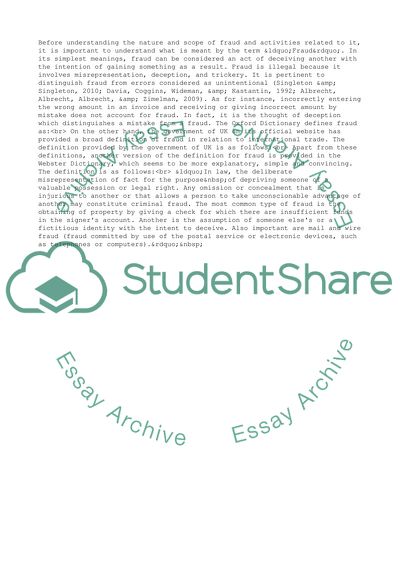Cite this document
(“The Nature and Scope of Fraud and Fakery in International Business Term Paper”, n.d.)
The Nature and Scope of Fraud and Fakery in International Business Term Paper. Retrieved from https://studentshare.org/business/1805906-assess-the-nature-and-scope-offraud-and-fakery-in-international-business-considerwhether-any-trends-or-patterns-emerge-in-reviewing-evidence-from-the18th
The Nature and Scope of Fraud and Fakery in International Business Term Paper. Retrieved from https://studentshare.org/business/1805906-assess-the-nature-and-scope-offraud-and-fakery-in-international-business-considerwhether-any-trends-or-patterns-emerge-in-reviewing-evidence-from-the18th
(The Nature and Scope of Fraud and Fakery in International Business Term Paper)
The Nature and Scope of Fraud and Fakery in International Business Term Paper. https://studentshare.org/business/1805906-assess-the-nature-and-scope-offraud-and-fakery-in-international-business-considerwhether-any-trends-or-patterns-emerge-in-reviewing-evidence-from-the18th.
The Nature and Scope of Fraud and Fakery in International Business Term Paper. https://studentshare.org/business/1805906-assess-the-nature-and-scope-offraud-and-fakery-in-international-business-considerwhether-any-trends-or-patterns-emerge-in-reviewing-evidence-from-the18th.
“The Nature and Scope of Fraud and Fakery in International Business Term Paper”, n.d. https://studentshare.org/business/1805906-assess-the-nature-and-scope-offraud-and-fakery-in-international-business-considerwhether-any-trends-or-patterns-emerge-in-reviewing-evidence-from-the18th.


